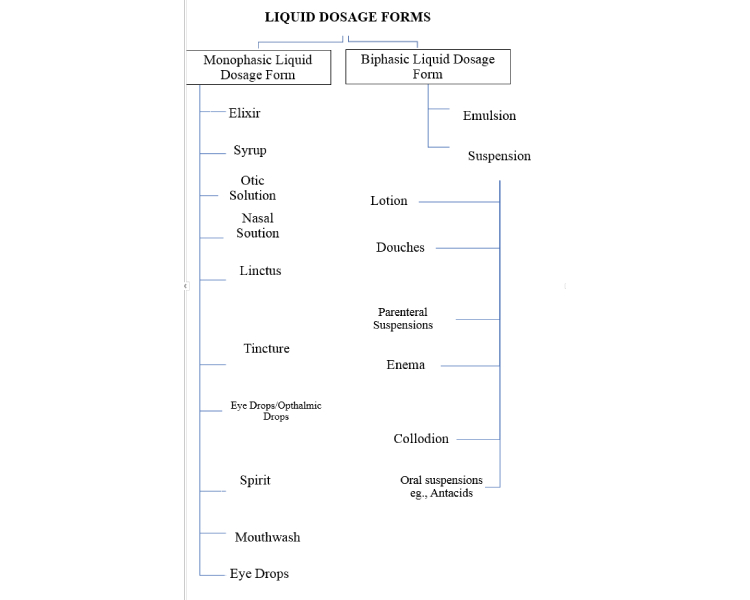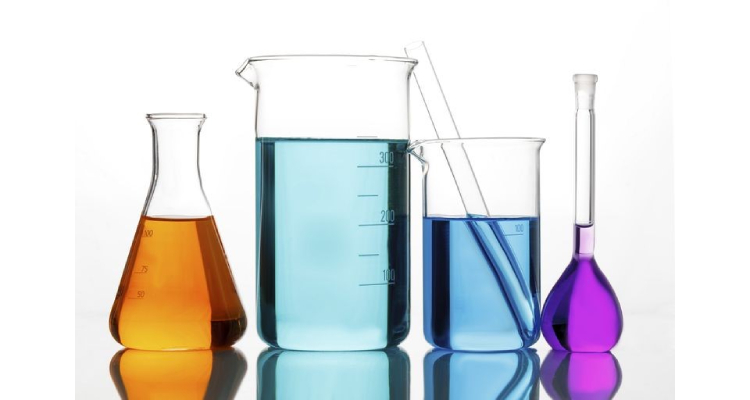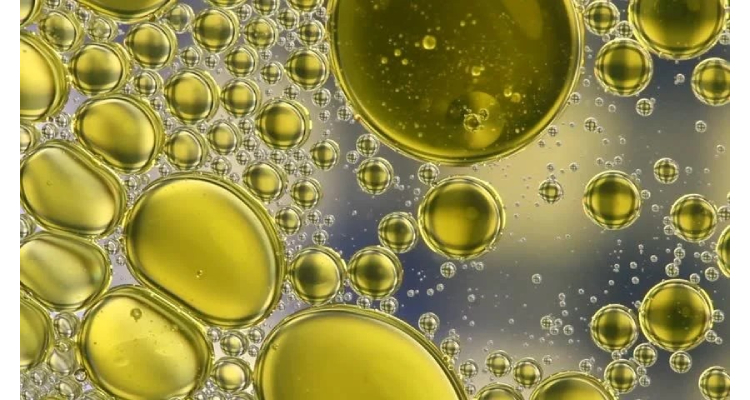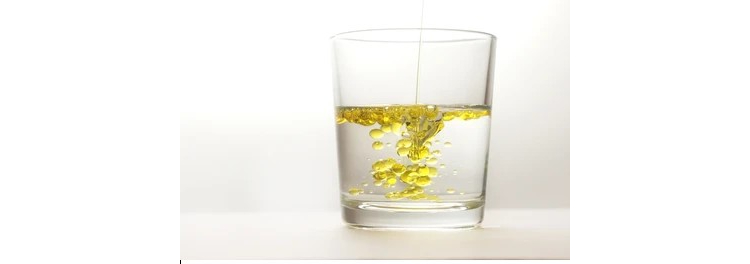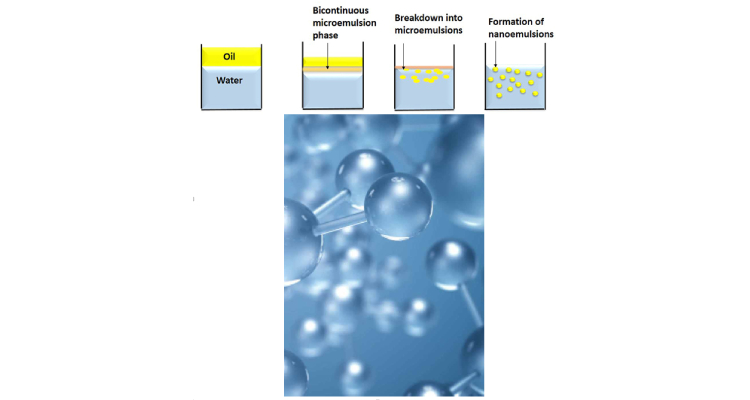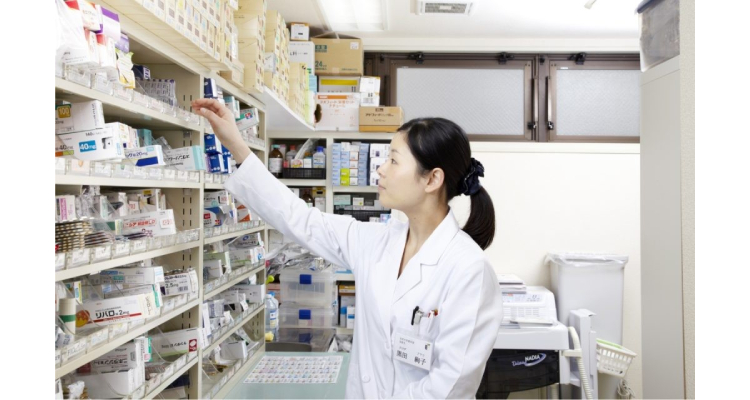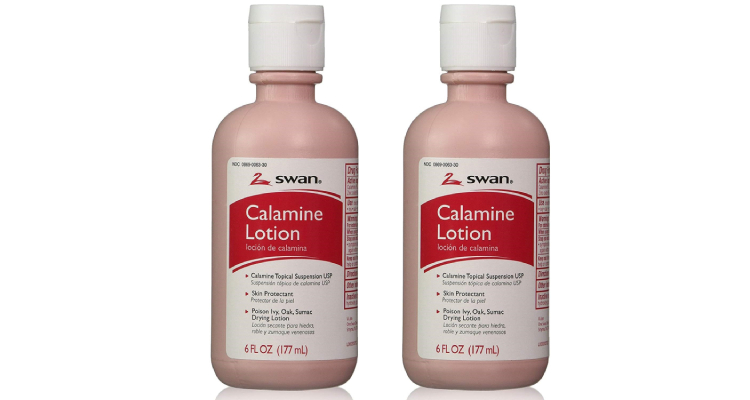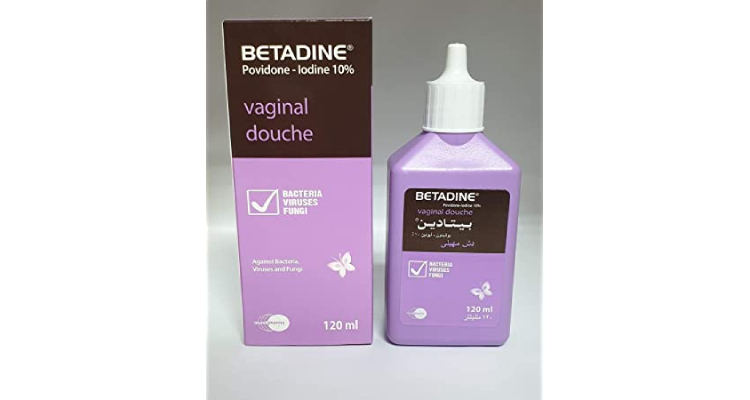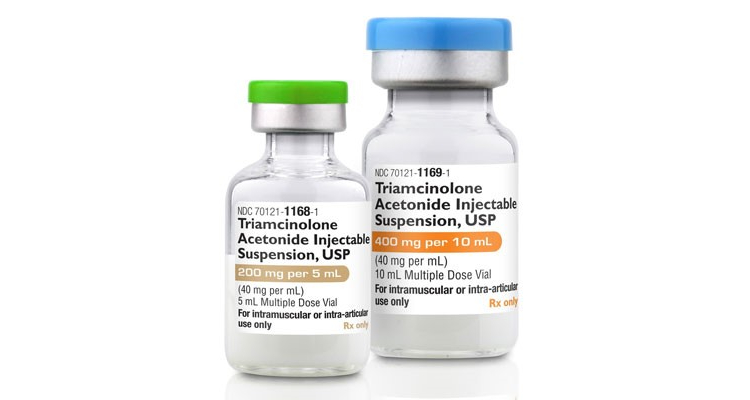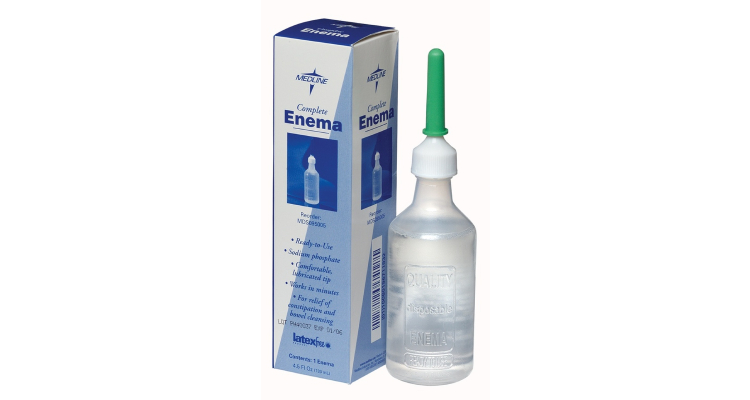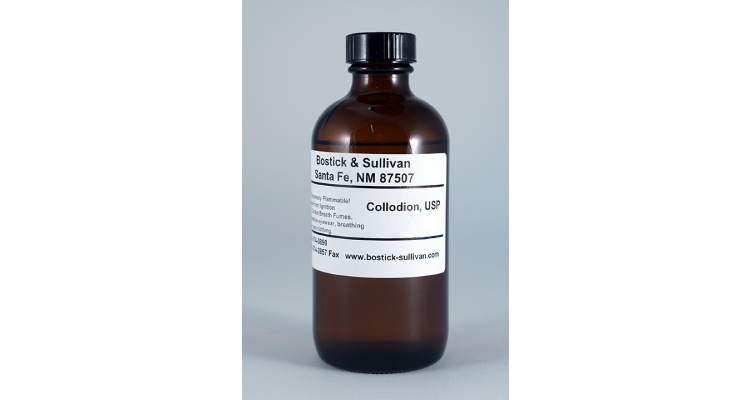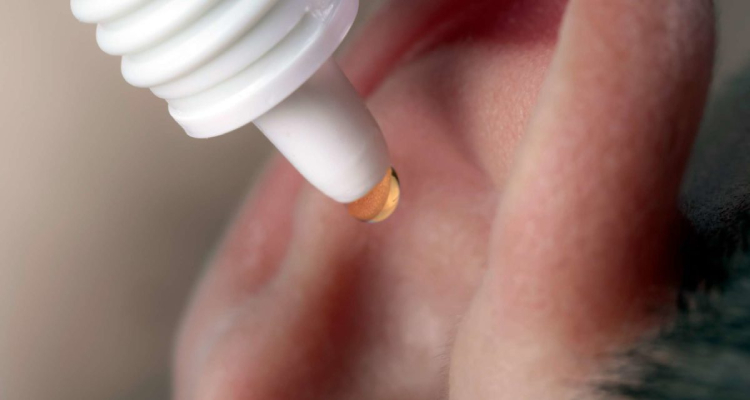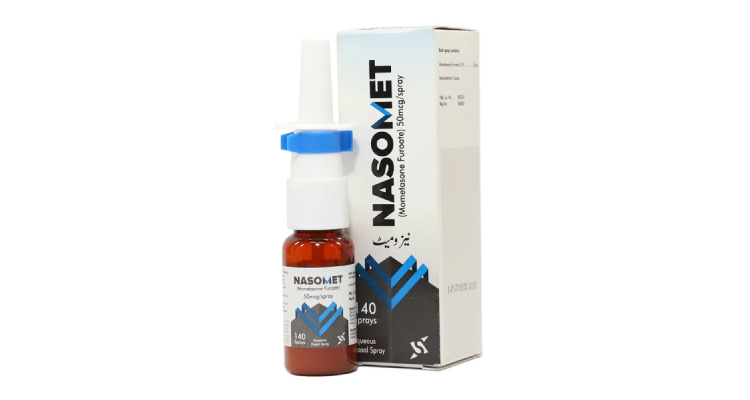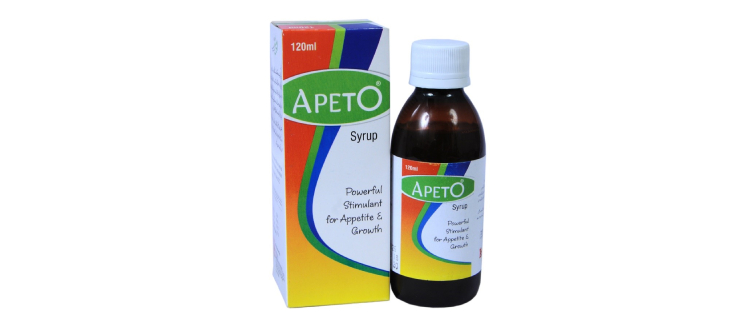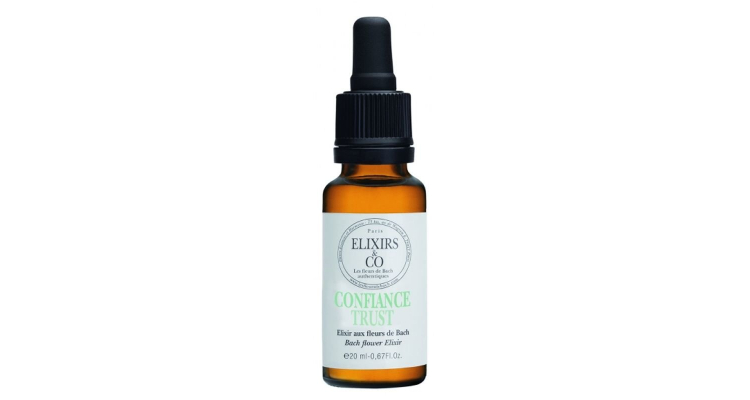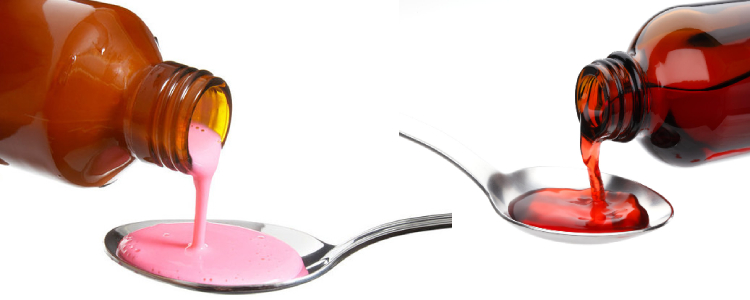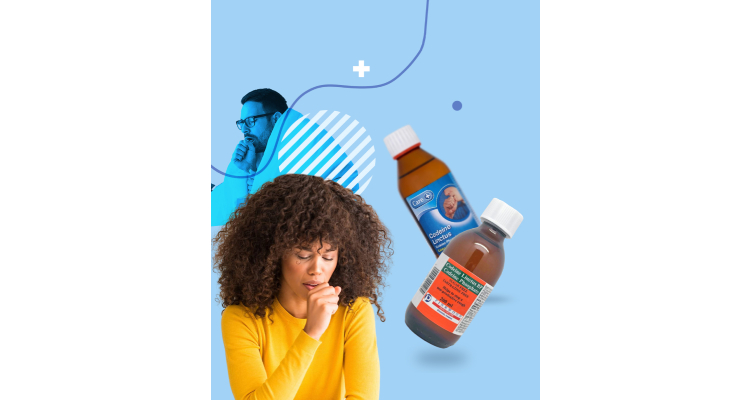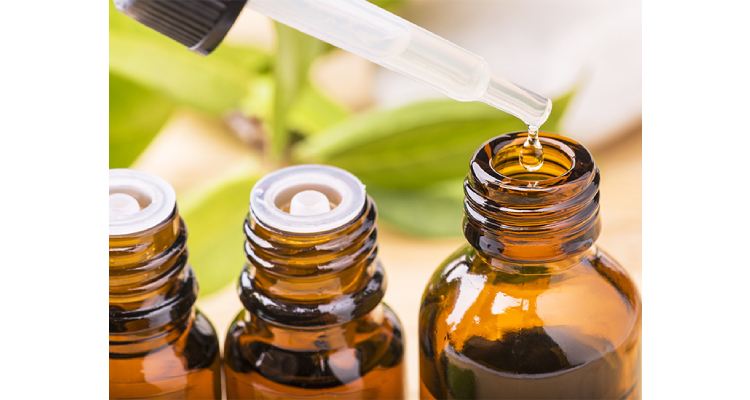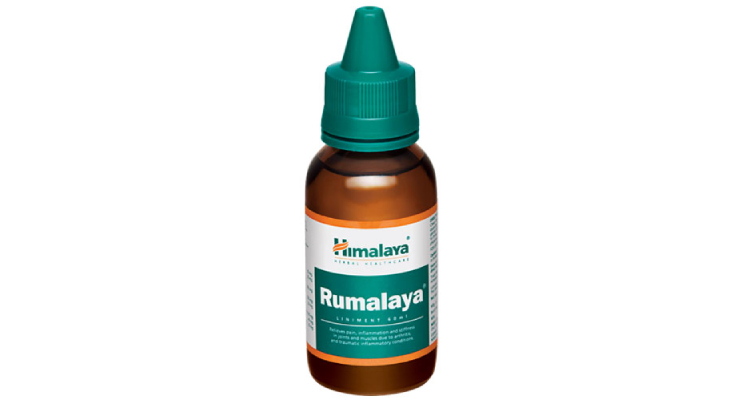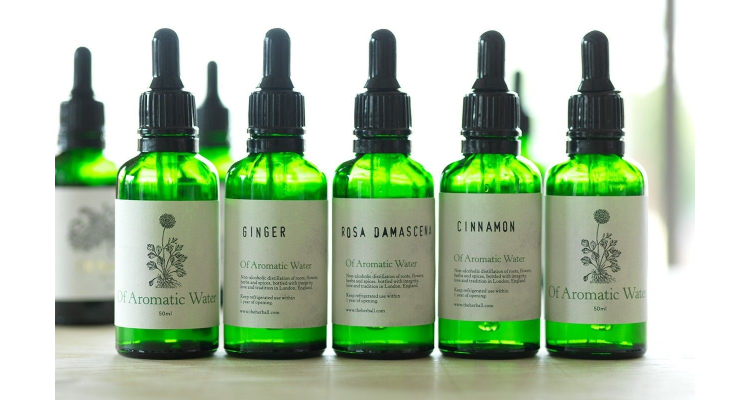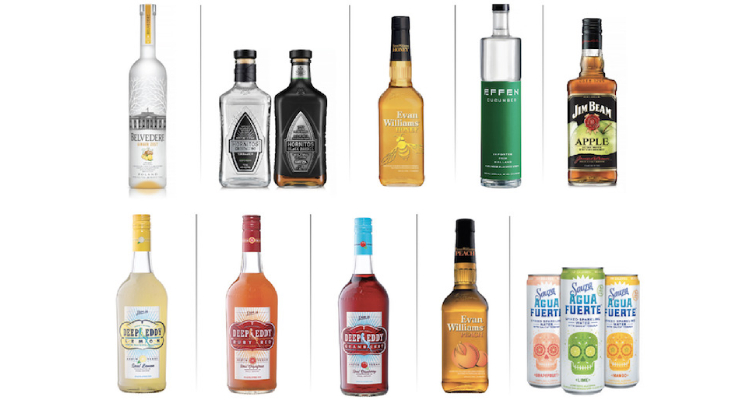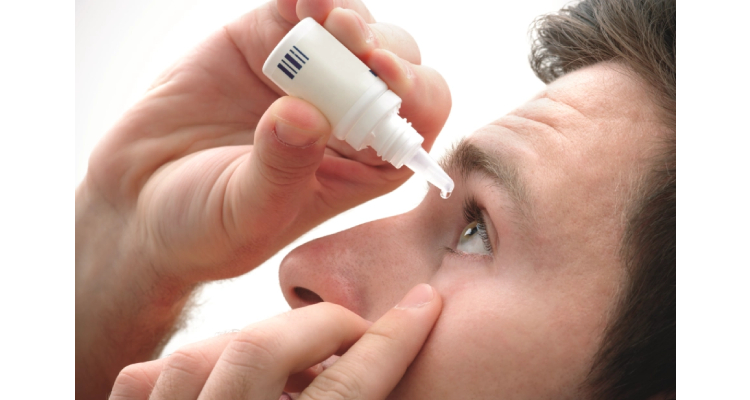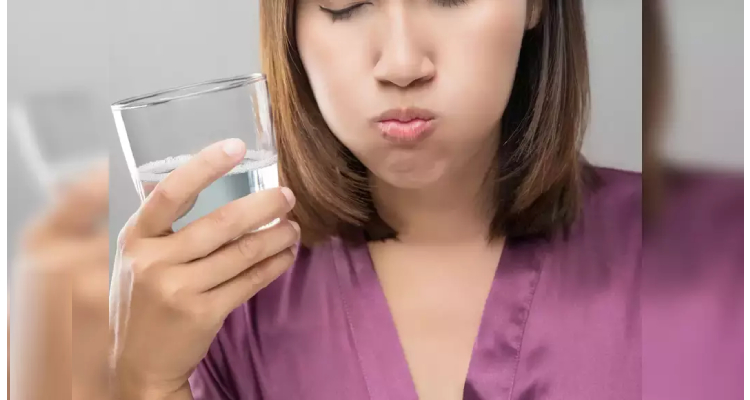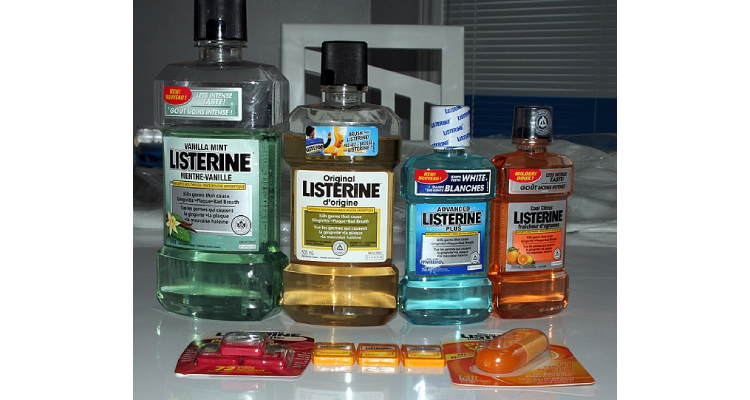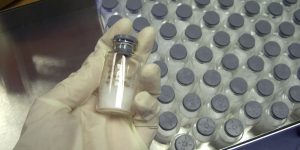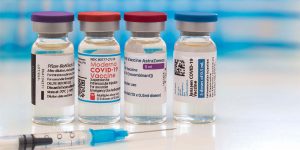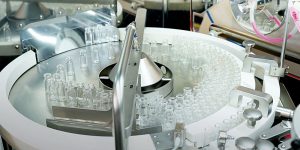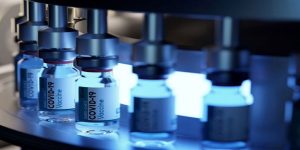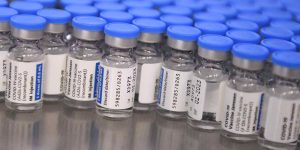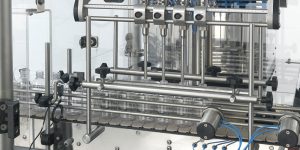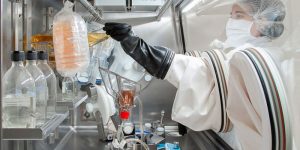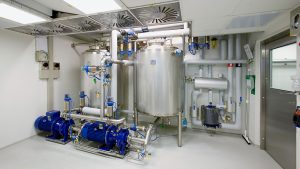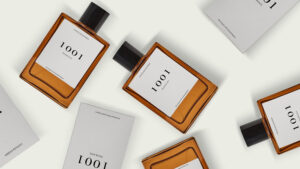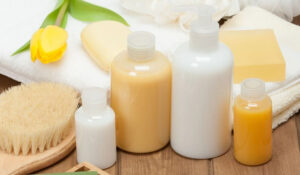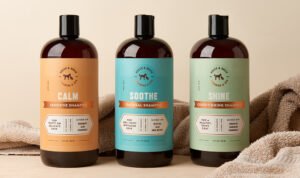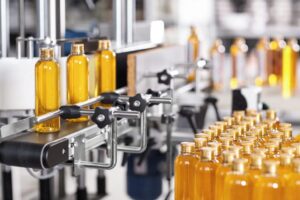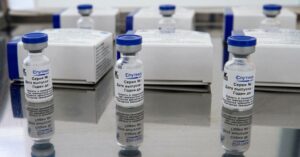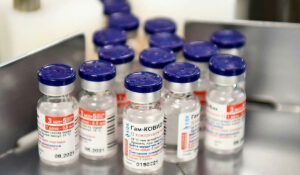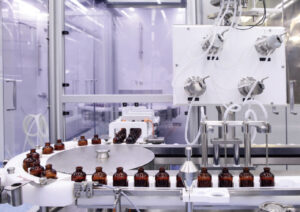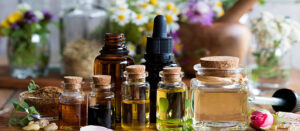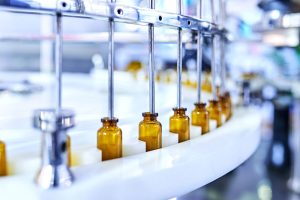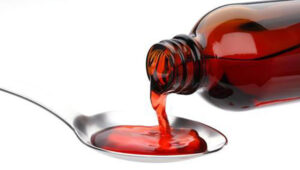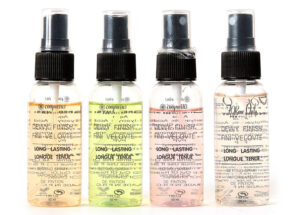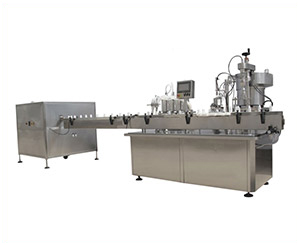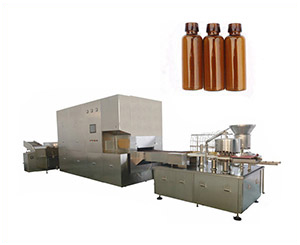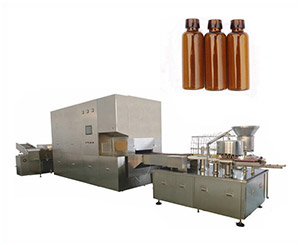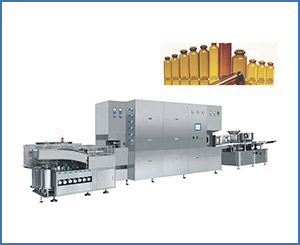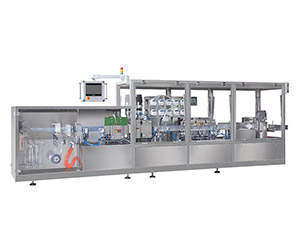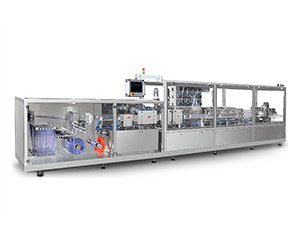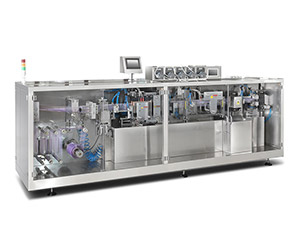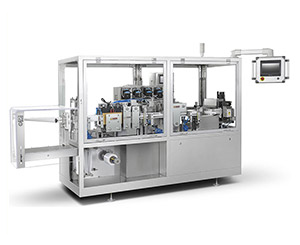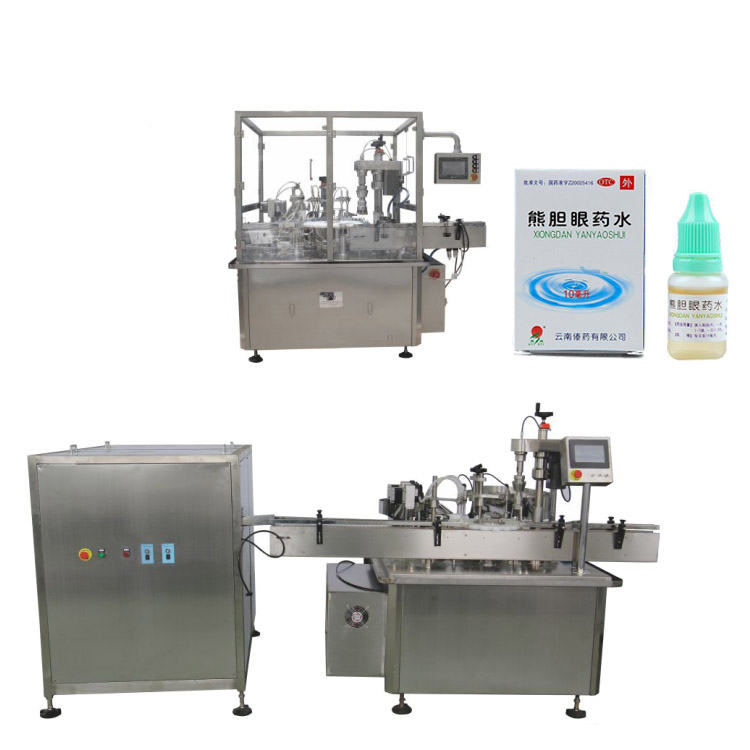Types of Liquid Dosage Form
The liquid dosage form is meant for therapeutic purposes that are available in monophasic and biphasic forms.
The liquid dosage form has broad-spectrum medicinal applications in healthcare systems. Historically, the liquid dosage form is considered as the most preferable route of administration for children because:
- they can swallow easily
- high acceptability ratio than solid dosage form.
- high content of flavoring agent
- sweet in taste.
Besides this, liquid dosage formulation is the preferable mode of administration due to its fast mode of action as compared to the solid dosage form.
In this blog, we primarily aim to provide A to Z information of liquid dosage form. For instance, classification benefits and uses, etc. Let’s have a deeper look!
1.What is liquid dosage form?
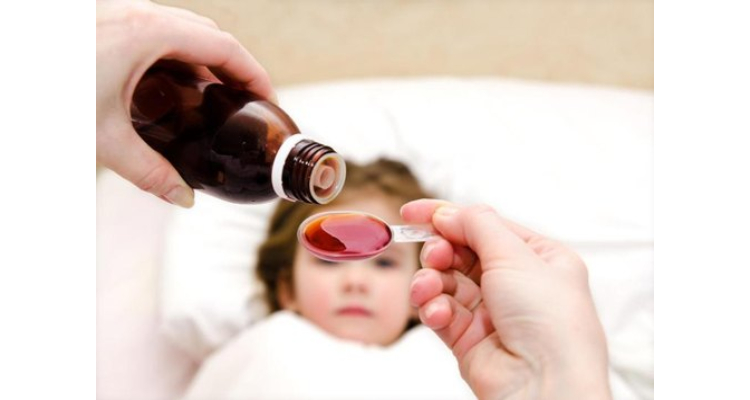
Liquid dosage forms, as its names shows are the flowable pharmaceutical formulation composed of active constituents with the vehicle of dissolved or suspended excipients.
These pharmaceutical preparations are specifically designed to offer a high degree of therapeutic effect in the target population with the following issues such as,
- swallowing of tablets in children or old individuals.
- To get a fast therapeutic response
- To get flavored medicines
- Liquid dosage forms are available as ready to use or in powder form to reconstitution.
They are administered by various routes like oral, parenteral as well as rectal routes, and so on.
2.How you classify liquid dosage forms?
Liquid dosage forms are divided into two main parts, a) monophasic b) biphasic
a) Monophasic Liquid Dosage Form
Monophasic is a liquid dosage form that is comprised of a single-phase system. They
have a simple presentation, prepared by two or more dissolvable components. The monophasic liquid dosage form demonstrates rapid absorption at the site of action.
The monophasic liquid dosage form is known as a ‘True Solution’ which is a clear homogenous solution composed of a large medium ‘Solvent’ and a small-medium ‘Solute’.
Benefits:
Monophasic liquid dosage form is of prime importance such as
- The rate of absorption of the monophasic liquid dosage form is much greater than the solid dosage form. Because active pharmaceutical ingredient is already dissolved and available in the form of a solution.
- A monophasic liquid dosage form is homogeneous in nature; thus, it provides a consistent and accurate dose than a suspension or biphasic solution that requires strict shaking.
- The monophasic liquid dosage form can be administered by oral, parenteral, nasal, etc. routes efficiently.
- It is easy to swallow as compared to solid dosage formulations.
b) Biphasic Liquid Dosage Form
It is the type of liquid dosage form with a two-phase system. In biphasic liquid dosage form, a solid-state is dispersed into a ‘continuous phase’ that can be an aqueous or oil phase. A continuous phase is stabilized by a suspending agent.
A biphasic liquid dosage form is commonly used for the oral, parenteral, and topical routes.
Benefits:
Biphasic liquid forms certain benefits such as:
- A biphasic liquid dosage form has a high rate of bioavailability.
- Suspensions offer high action of a drug as solid particles are perfectly dissolved prior to absorption.
- Some drugs are not stable in the form of solutions such as Procaine Penicillin G. Therefore, they are administered in the form of suspension.
3.What are emulsions? What are the types of emulsion?
An emulsion is a thermodynamically unstable formulation comprised of two immiscible liquid systems in which one phase of dispersed globules emulsify into the other. An emulsifying agent is required to stabilize the emulsion.
In simpler words, a dispersed phase is an internal phase or discontinuous system whereas a dispersion medium is an external or continuous system.
Types of Emulsion
- According to phases, the emulsion has two types
A) Water-in-oil or W/O: In this phase, water droplets are dispersed in an oil phase.
B) Oil-in-water O/W: In this phase, oil droplets are dispersed in the water phase.
You can find the difference between these two phases by estimating of electrical conductivity of the emulsion. You can observe no conductivity when the emulsion is w/o system.
- According to particle size emulsion can be divided into the following categories:
A) Macroemulsion: that has droplet size up to 10 mm.
B) Mini emulsion: that has droplet size ranges from 0.1 to 10 µm.
C) Microemulsions: that have droplet sizes ranging from 100 to 600 nm.
D) Nano-emulsions: that droplet sizes below 100 nm.
- An emulsion is also classified according to the mode of administration:
A) Oral emulsion: For instance, castor oil, liquid paraffin
B) External emulsion: lotion
C) Parenteral emulsion: antibiotic, vitamin
D) Rectal emulsion: enema
4.What is suspension? What are the types of suspension?
The pharmaceutical suspension is liquid dosage form comprised of coarse dispersion with internal phase e.g., APIs dispersed evenly throughout the external phase.
Remember
Internal Phase: insoluble solid particle with size 0.5 to 5 micron suspended in suspending medium.
External Phase: Suspending medium may be aqueous or oily for oral and non-oral use.
Types of suspension
Based on General Application
- Oral Suspension: Paracetamol
- Topical Suspension: Calamine lotion
- Parenteral Suspension: Procaine penicillin G
Based on Solid Particle Size
- Colloidal suspension: suspending particle size less than 1 micron.
- Coarse suspension: suspending particle size greater than 1 micron.
Based on Solid Particle Proportion
- Dilute suspension: concentration varies from 2-10 % w/v.
- Concentrated suspension: concentration varies up to 50% w/v.
5.What is lotion? What are medicated and non-medicated lotions?
Lotion, a low to medium viscosity medium formulated as medicated and non-medicated topical preparation intended for skin problems. Lotions are prepared with a two-phase system oil and water phase, in which solid particles are thermodynamically melted and finely mixed to avoid grittiness. The lotion is generally used for topical delivery of therapeutic substances such as corticosteroids, antifungals, etc.
Lotions are also formulated as medicated and non-medicated:
Medicated Lotion: These are meant to relieve pain and itching problems that are associated with dermal irritation like sunburn, burn, cut, insect bite, rashes, etc., such as calamine lotion.
Non-Medicated Lotion: are meant to induce emollient or moisturizing effects on to the skin such as Nivea, Milk lotion, Neutrogena, etc.
6.What is douche? What are their components and uses?
This liquid dosage form is available in bulk or unit solution. Douche is a french term known as to wash or soak.
Douche is liquid preparation intended to irrigate cleaning of anal, vagina, or birth canal. The components of douches are boric acid, or sodium borate, oxidizing agent, salt, aromatic substances, and quaternary ammonium compounds. Furthermore, douches are prepared using natural ingredients such as baking soda, tea tree oil, yogurt, or other natural substances.
Douches are used for therapeutic activity, hygienic, or anti-microbial activity.
7.What is parenteral suspension?
Parenteral or injectable suspensions are dispersed, and heterogenous medium composed of insoluble drug particles resuspended or redispersed form in continuous medium (aqueous or non-aqueous). Parenteral suspension particle size ranges from 0.5 to 30% w/w solid.
These are commonly designed for intra-muscular or subcutaneous administration. For instance, insulin zinc injection, Triamcinolone, Procaine penicillin G etc.,
8.What is an enema?
Enema is a pharmaceutical solution administered rectally used to ensure the clearance of the bowel through softening of feces or improving the amount of water in the large intestine (osmotic laxatives).
An enema may be prepared in an aqueous or oil-based solution. The vehicle used in enemas helps in promoting bowel evacuation such as Arachis oil.
The aqueous formulation of enema is most often composed of salts, (such as phosphate) to modulate the osmolality of rectum hence promote fluid circulation toward rectal content.
Enema is composed of a viscosity-enhancing agent such as glycerol that retains the formulation in the rectum.
9.What is collodion?
Collodions are a liquid mixture of pyroxylin (soluble guncotton) which is dissolved in a mixture of ethyl ether and alcohol with or without medicinal agents. To apply collodion, you a brush to spread onto the skin. So, upon evaporation of solvent leaves a film of pyroxylin on the skin surface.
Collodion has two basic types
- A flexible collodion: used for surgical dressings. When apply to the skin it dries to form a film of cellulose.
- A non-flexible collodion: is used for theatrical makeup. Collodion is used topically closer to wounds, cut as well as abrasions to hold medication on the skin.
10.What is otic preparation?
An otic preparation is a pharmaceutical liquid dosage form that is used around, internal, or external region of the ear to exert therapeutic effects. Generally, otic preparation is used inside or middle ear conditions such as inflammation, or infection. These liquid dosage forms are composed of vegetable oil, PEG, antibiotics, and corticosteroids.
11.What are nasal preparations? How do you use them?
Nasal preparation is the liquid dosage form that is used to administer inside the nasal cavity to get therapeutic effects. The nasal drops are non-irritant, produce systemic and local effects. These nasal preparation are delivered in multi-dose and single-dose containers that can be administered using a suitable device. Such liquid preparation is intended by using a dropper.
You can use nasal drops to spread all over the surface of the mucosal layer. Hence it can work by shrinking the blood vessels around the nose area ultimately reducing swelling and congestion. These nasal drops are frequently used to deal with decongestion to relieve a blockage of the nose that occurred during sinusitis, allergies.
12.What is syrup? What are the advantages of syrups?
The syrup is a concentrated aqueous solution prepared with or without medicinal substances. These are the viscous saturated solution with sucrose sugar in purified water having a concentration of 66% w/w.
Syrups are of two types:
Medicinal Syrup: medicinal substance and having therapeutic effects with a flavored vehicle to mask the unpleasant taste of medicine
Non- Medicinal Syrup: containing flavoring agent with no therapeutic activity.
Advantages of Syrups
- Syrups have an affinity to mask the bitter taste.
- Can produce non-irritant effects on throat tissues.
- The syrup contains no alcohol.
- You can easily adjust the child’s weight.
13.What is an elixir? What are their uses?
Elixir is a sweetly aromatic, cleared, hydro-alcoholic and colored solution prepared for oral usage.
The amount of alcohol in the elixir is unique for every formulation that ensures all components remain in solution in a stable state. That’s why polyalcohol may be incorporated into the elixir formulation.
Elixirs are used to relieve indications of flu, allergies, cold, or breathing complications such as sinusitis, bronchitis.
Due to the presence of alcohol, it may produce possible problems in children or those individuals who are unwilling to consume it. The prime ingredients of the elixir include water, glycerin, ethyl alcohol, propylene glycol, and a flavoring agent.
14.Difference between syrup and elixir?
The basic difference between syrup and elixir are as followed:
- Syrup is more viscous and concentrated, whereas elixir is transparent, clear and pleasant flavour liquid dosage form.
- Primary solvent used in syrup is water while, in elixir primary solvent is alcohol and water.
- Syrup may or may not contain alcohol for solubility, whereas in elixirs alcohol must be used for solubility.
15.Difference between syrup and suspension?
- Syrup is solution of clearly dissolve sucrose in water that contain preservatives unless prepared freshly. Whereas suspensions are not completely dissolved solvent comprised of suspending particles that must be evenly distributed before administering.
- Syrup is ideal for children due to enhanced flavoring agent and sugar. Whereas, due to undesirable taste suspension may be not an ideal medicine for children.
- Syrups are not ideal for diabetic patients, whereas suspensions do not contain sugar content thus suitable for diabetics.
16.What is linctus?
Linctus is a high viscous solution that is composed of a therapeutic agent solubilized in a vehicle and a high percentage of sucrose or another sweetening agent.
Linctus is administered orally and indicated for the treatment of cough. Because they induce soothing action over the inflamed mucous membrane.
Linctus is also be prepared as a sugar-free solution, in which sucrose is substituted by sorbitol. Linctus formulation is commonly designed with demulcent, sedative, and expectorant activity. You can get linctus in a small, sipped dosing to get maximum soothing effects.
17.What are tinctures? How do you administer it?
Tinctures are around the millennia and are considered an essential component of traditional liquid dosage form.
The tincture is the herbal extract prepared by soaking herbs such as bark, berries, leaves as well roots ( fresh or dried) in a solvent such as alcohol or vinegar. This solvent phase has an affinity to pull out the active constituent from herbs and concentrate the liquid.
These plants are suggested to have medicinally active and exert health benefits.
To administer tincture, fill the dropper or small syringe with tincture and drop it into the mouth. Hold the tincture in the mouth before swallowing. Rinse the mouth with water thoroughly to avoid a bitter taste.
18.What is liniment? Where do you use it?
Liniment is a liquid and semi-liquid formulation used for skin application. They are applied with friction or rubbing that improves penetration of active ingredients into the skin layer that enhances counterirritant or rubefacient activity.
Arachis oil is also present in liniment that helps in easy spreading of layer over the skin. Liniment ingredients possess high analgesic, soothing, and anti-inflammatory properties. It should not be recommended to be used on broken skin as it may cause excessive irritation.
The viscosity of liniment is less as compared to ointment or creams. You can use liniments to relieve pain and stiffness such as arthritis.
19.What is aromatic water?
Aromatic water is a saturated solution containing volatile oils in distilled water. This water is free from solid particles and impurities. They possess an odor similar to herbs or volatile substances from which they are prepared. Aromatic water must be protected from sunlight as they are prone to evaporate. Aromatic water is basically used as a vehicle for therapeutic preparations or perfumeries.
20.Describe spirit? What is the difference between spirit and aromatic water?
Spirits are alcoholic solutions, used in pharmaceutical preparation medicinally for high therapeutic value. They are formerly prepared by using the distillation method but today spirits are commonly made by dissolving volatile material in alcohol.
The number of spirits in pharmaceutical preparation varies highly with no constant percentage.
There are two types of spirits;
Medicinal Spirits: aromatic spirits used as a reflex and respiratory stimulant.
Flavoring Spirits: prepared by ethanolic strength 15% volume with herbs. such as orange, mint, grapes, etc.
The difference between spirit and aromatic water is
- Aromatic water is composed of small quantities of oil to give a saturated solution whereas spirit is an alcoholic solution capable to dissolve a higher quantity of oils.
- The alcoholic concentration in aromatic water is 62-68% while spirits have a high percentage of alcoholic content such as 80-87%.
The uses of spirits include carminatives, antacids, reflex stimulants, and a flavoring agent.
21.What are ophthalmic preparations?
Ophthalmic preparation such as eye drops is prepared in an aqueous solution. They are instilled in the eye with the help of a dropper. The ophthalmic solution must be isotonic with lachrymal secretions and free from foreign particles to protect the eye to irritate.
They are available as eyewashes, or to treat eye infections and allergies.
22.What is mouthwash? What is cosmetic and therapeutic mouthwash?
Mouthwash is the pharmaceutical oral liquid dosage formulation used to clean the oral cavity against debris and micro-organisms. Mouthwashes are designed to protect the oral cavity against inflammation and facilitate a soothing effect.The prime ingredient of their formulation includes water and co-solvent e.g., alcohol that helps in solubilizing the active ingredient. The usage of alcohol enhances the anti microbial action of the therapeutic agent. Other elements of mouth wash include colorant, flavoring, and sweetening agents.
Mouthwash is categorized into two basic types
- Cosmetic mouthwashes are used to treat short-term bad breath, hence leaving your mouth fresh with pleasant tastes such as mint. Whereas, therapeutic mouthwashes are served as clinical uses, such as combating bacterial or plaque problems and strengthening your teeth with fluoride.
- Cosmetic mouthwashes are ideal for fresh breath, while therapeutic mouthwashes are designed to deal with bacteria or reduce plaque.
Conclusion
We hope you have found this blog exactly what you were looking for. Liquid dosage forms are designed to release active principle rapidly after administration internally, parenterally, or applying externally. That’s why their current and future perspectives demonstrate a high peak of popularity We’re assured after this blog; you have great knowledge about the entire spectrum of liquid dosage formulations that are actively used with a real impact on the healthcare system.
Don't forget to share this post!
Syrup Filling Machine Related Posts
Syrup Filling Machine Related Products
Syrup Filling Machine Related Videos
CONTACT US
Tell us your raw material and project budget to get quotations within 24 hours.
WhatsApp Us: +86 181 6426 8586

Want the best price & newest pharmaceutical machinery buying guide,tips and trends sent straightly to your box?Sign up for AIPAK’s monthly newsletter,we’re free for your consultation and Offer you the most suitable solutions!
The Buyer's Guide
- Capsule Filling Buyer's Guide
- Blister Packaging Buyer's Guide
- Tablet Counting Buyer's Guide
- Tube Filling Buyer's Guide
- Cartoning Buyer's Guide
- Gummy Making Buyer's Guide
- CO2 Extraction Buyer's Guide
- Empty Capsules Buyer's Guide
- Suppository Filling Buyer's Guide
- Tablet Coating Buyer's Guide
- Tablet Press Buyer's Guide
- Softgel Encapsulation Buyer's Guide
Most Popular
- 7 Importance Of Pharmaceutical Packaging In Different Applications You Must Know
- 6 Advantages You Must Know About Tablet Counting Machine
- 8 Advantages of Blister Packaging You Must Know
- 6 Critical Applications of Automatic Capsule Filling Machine
- 6 Stations You must Know to Improve the Filling Quality of Automatic Capsule Filling Machine
Tell us your material or budget,we'll reply you ASAP within 24 hours

